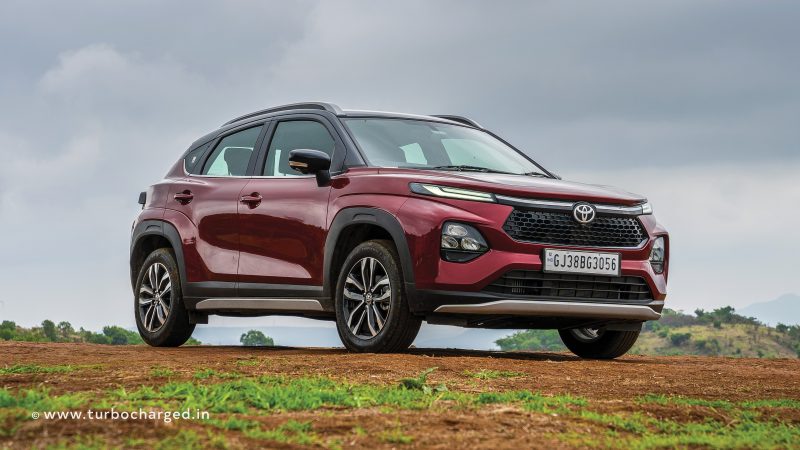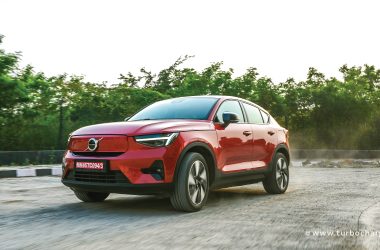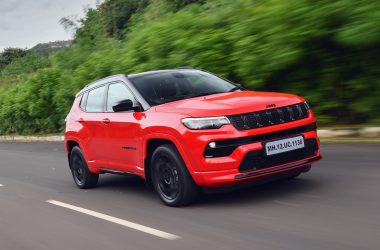The Toyota-Maruti Suzuki alliance can be a case study in badge engineering. Both carmakers are doing well with their badge engineered products. In fact, a big chunk of Toyota’s overall sales now comes from its badge-engineered cars such as the Glanza, Hyryder and Rumion. The newest one is the Urban Cruiser Taisor which shares its platform with the Maruti Suzuki Fronx. The Taisor has a lot going for it and it starts with the design.
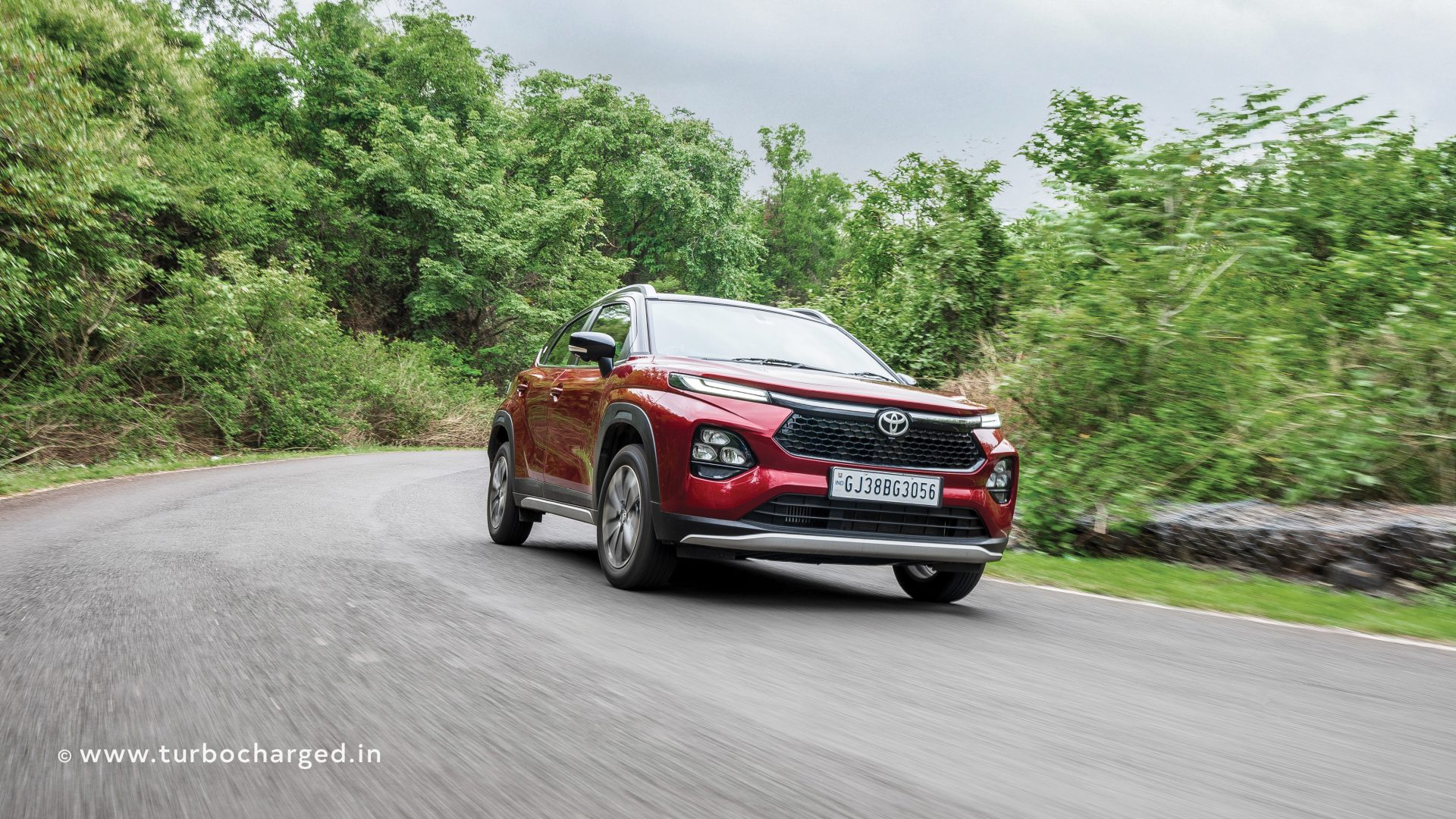
For one, it looks fantastic thanks to the coupe roofline that goes well with the low slung stance. Toyota has done well to differentiate the Taisor from the Fronx despite both sharing the same body. Not just that the Taisor gets a lot of updates to identify itself as a part of the Toyota clan. The honeycomb grille is inspired by the Innova Crysta while the LED DRLs look similar to the Hyryder. We feel that the front bumper is better executed in the Taisor, it has cleaner lines and a more pronounced grille. Same is the case with the sporty looking 16-inch five spoke machined alloy wheels (specific to the Turbo variant) that add a premium touch. Even the tail lamps are new, with a cool-looking C-section design, and the connected lamps are a nice touch. Overall, the Taisor is a better, more premium looking SUV than its badge-engineered cousin.
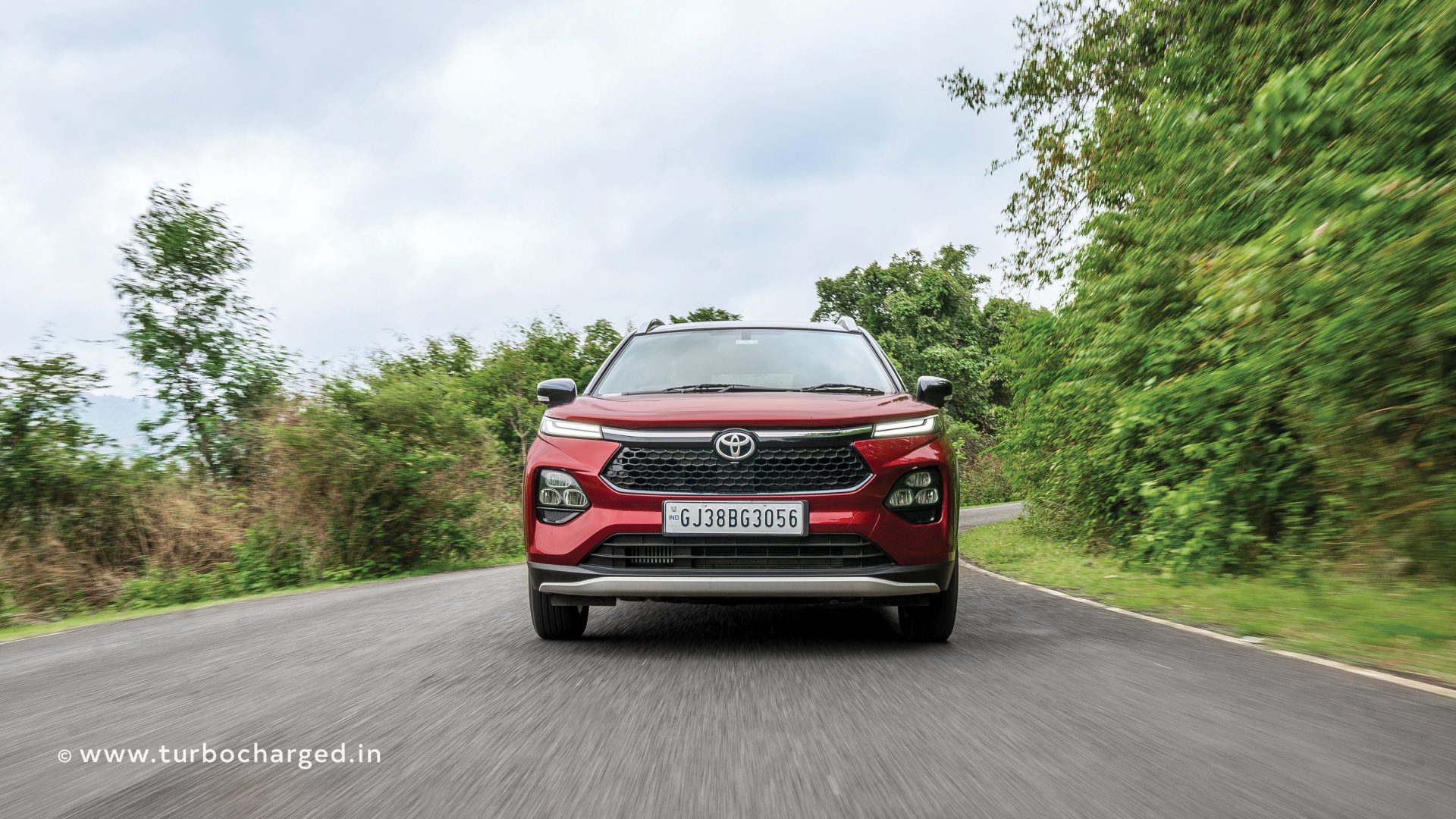
While the Taisor manages to stand out from the Fronx, step inside and you will be hardpressed to tell the two apart. The dashboard layout and cabin colour theme are identical. That’s not such a bad thing though as the cabin feels upmarket in terms of fit and finish levels and quality of plastics used. Also, unlike some flashy cabins, this one is quite practical with controls being easy to reach. I quite liked the AC switches, these are quite tactile and do not compel you to get your eyes off the road should you have the need to adjust AC settings. Even the touchscreen is quite responsive and easy to navigate.
In terms of features, the Taisor gets a 9-inch instrument console with wireless Android Auto and Apple CarPlay, wireless charging and a HUD-display. It even gets a 360-degree parking camera which is a nice touch but disappoints with its low resolution display.
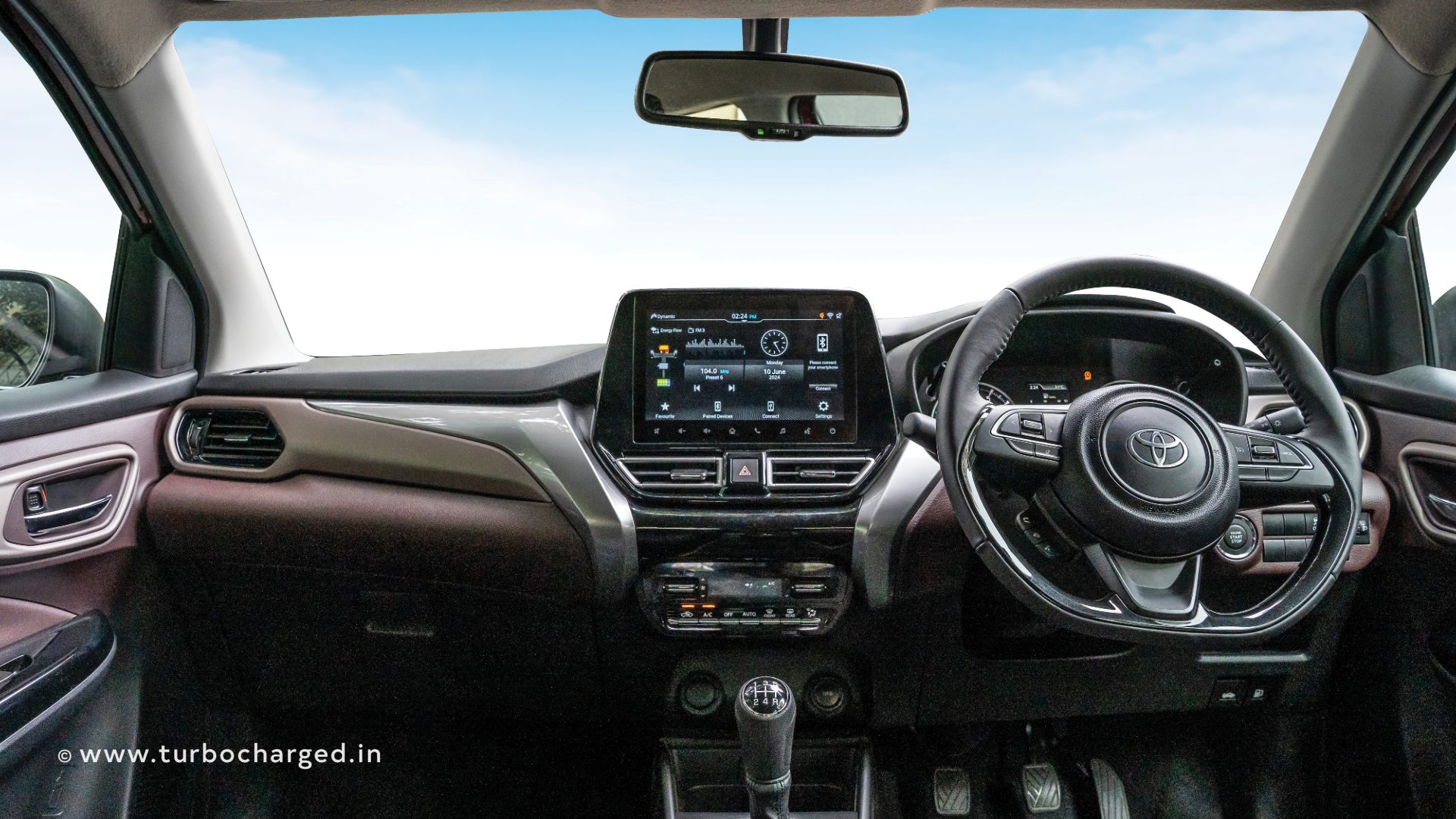
The cabin is large with ample knee, leg and shoulder room for both rows. The sloping roofline does eat into rear headroom but it should bother you only if you are over six-feet tall. The seats are quite impressive, especially the first row. These are well bolstered and large enough to hold even the well-endowed individual. The driving position is spot on and height adjustable driver’s seat helps you find that sweet spot with ease. The rear bench is comfortable with good underthigh support. The only grouse is that for what is called an SUV, the seats are quite low set, like ones you would find on a sedan.
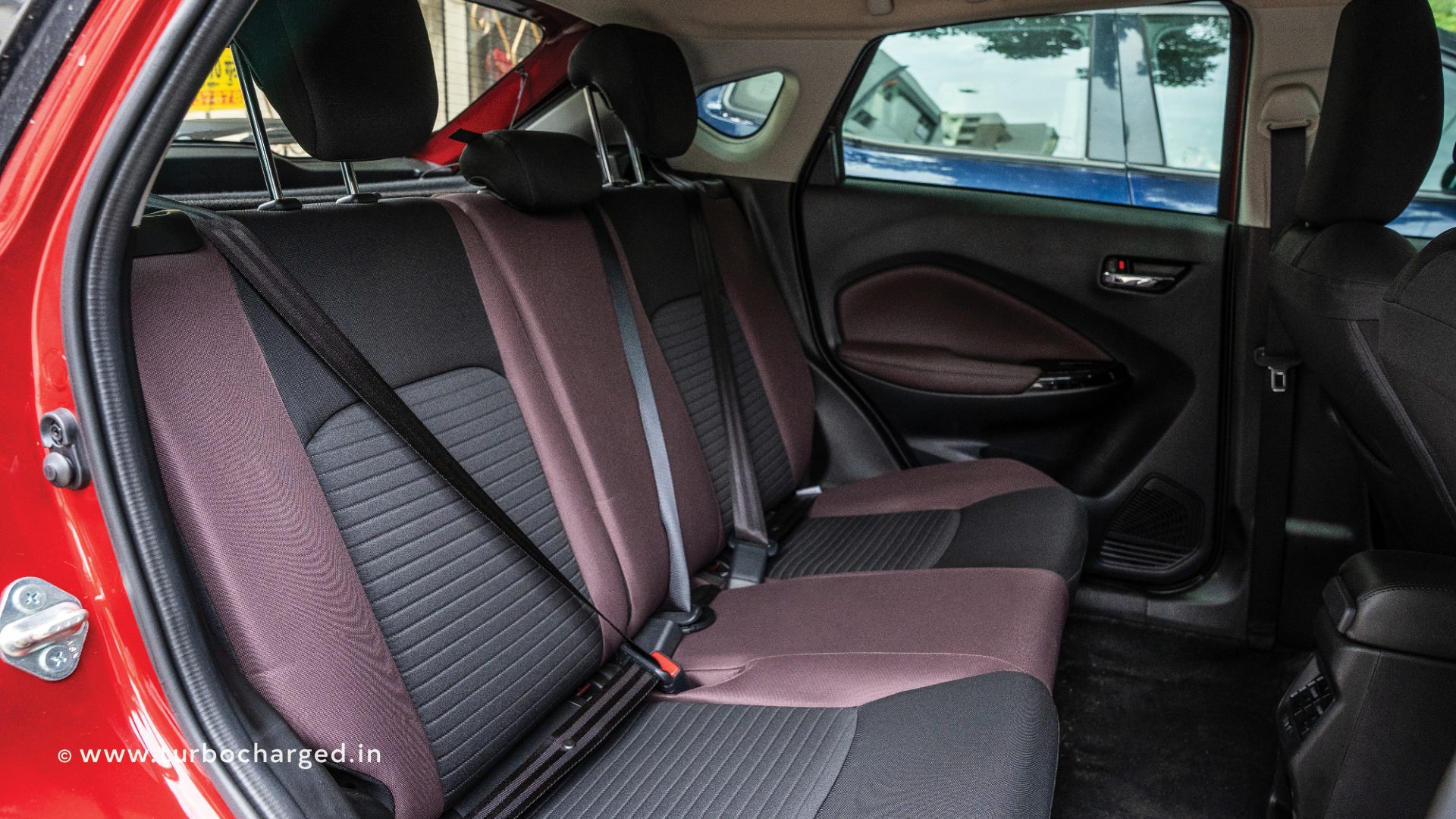
The Taisor comes with three engine options — a 1.2-litre petrol engine with a 5-speed manual or 5-speed AMT; a 1.0-litre turbo-petrol motor with a 5-speed manual or a 6-speed torque converter as well as a 1.2-litre petrol/CNG engine with a 5-speed manual transmission. We are driving the turbo petrol with the manual transmission option. It is a refined three-cylinder unit that delivers a healthy 100PS and 148Nm. These numbers are even more impressive when you consider the light 1030kg kerb weight. The motor impresses with its NVH levels and performance at low revs which makes it a quick runabout in the city. It is quick to rev and quite responsive even with part-throttle inputs. There is a bit of turbo lag at around 2,000rpm but post 2,500rpm, the SUV offers a healthy shove as the turbo spools up nicely. In flowing traffic, you can drive it in third or fourth gear without any drama from the engine. Where the Taisor shines is on the highway where the taller fifth gear lets you travel at triple digit speeds in a relaxed fashion.
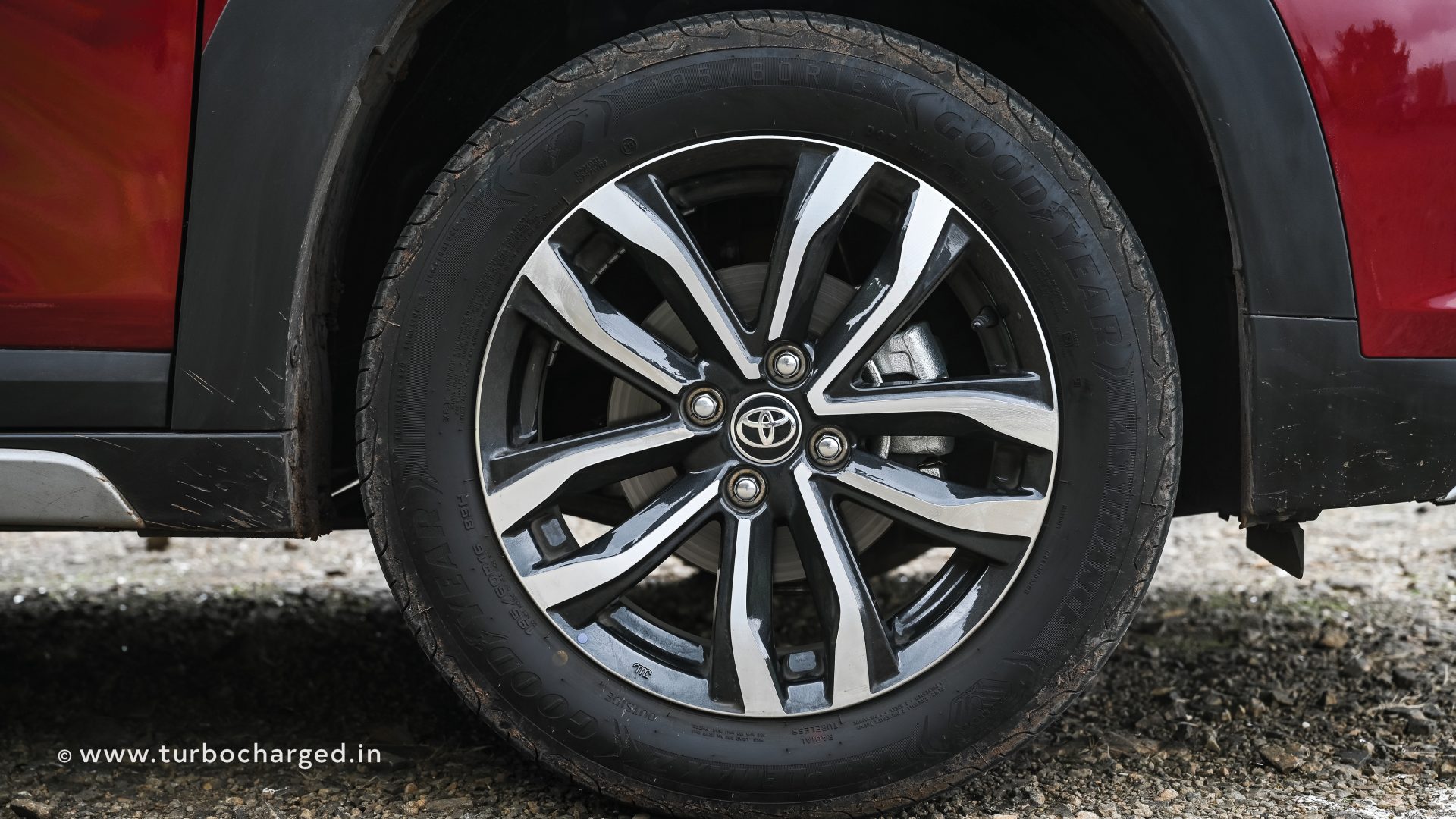
The 1.0-litre engine delivers a claimed mileage of 21.18kmpl. Thats partly due to the mild hybrid system which offers a slight boost when the engine is under load. It isn’t much but is complemented by a cool graphic of the mild-hybrid’s graphics on the infotainment screen.
The manual gearbox is a slick unit with short throws but the clutch feels a tad heavy and has a longer travel that takes some getting used to. While the powertrain isn’t one of the most powerful in its segment, it is an engaging unit that shines in other areas like driveability and refinement.
The Taisor is quite easy to drive in the city thanks to the light steering and tight turning radius. It handles well and is engaging to drive. The suspension feels stable at high speeds while the steering feels precise and provides ample feedback. The ride quality is on the firmer side but does not feel unsettling when you take it on bumpy roads. The suspension is quite reactive and it shows with the Taisor’s composed ride quality especially at higher speeds. Of course, the 16-inch wheels with the high profile tyres help too.
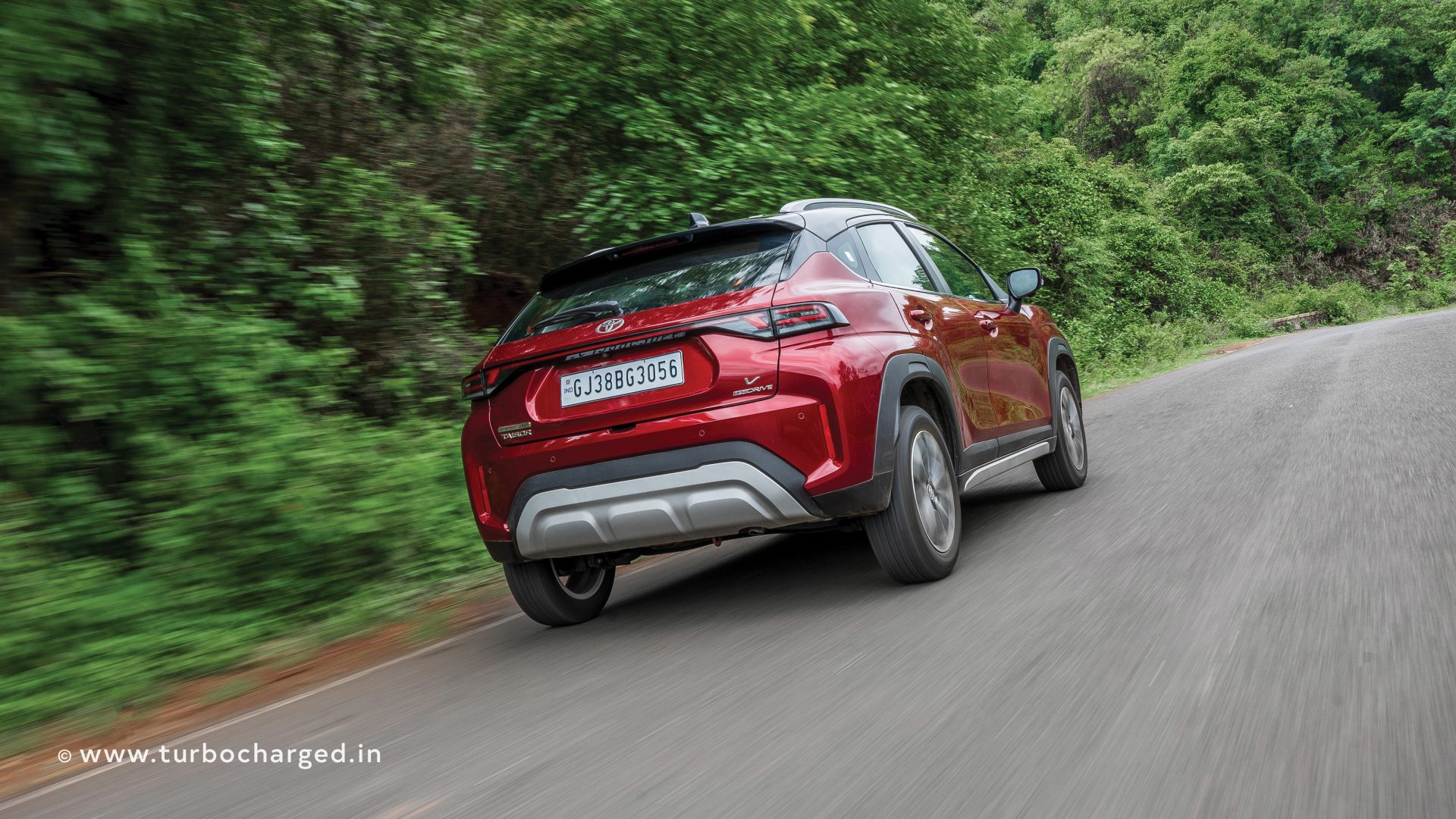
Prices for the Toyota Urban Cruiser Taisor start at 7.74 lakh while the starting price for the turbo variants start at 10.56 lakh going up to 12.88 lakh . That’s around a 20,000 premium over the Maruti Suzuki Fronx variants. The Urban Cruiser Taisor is a fantastic offering that does everything right — it looks sporty and expensive, is spacious and the turbo-petrol powertrain offers a good balance of performance, efficiency, driveability and refinement. Interestingly, the Urban Cruiser Taisor offers a three-year warranty as standard as compared to the two-year standard warranty offered by the Fronx. Badge engineering has brought the Toyota experience closer to the masses. And with SUVs like the Taisor, the Toyota badge feels like the proverbial icing on the cake.





